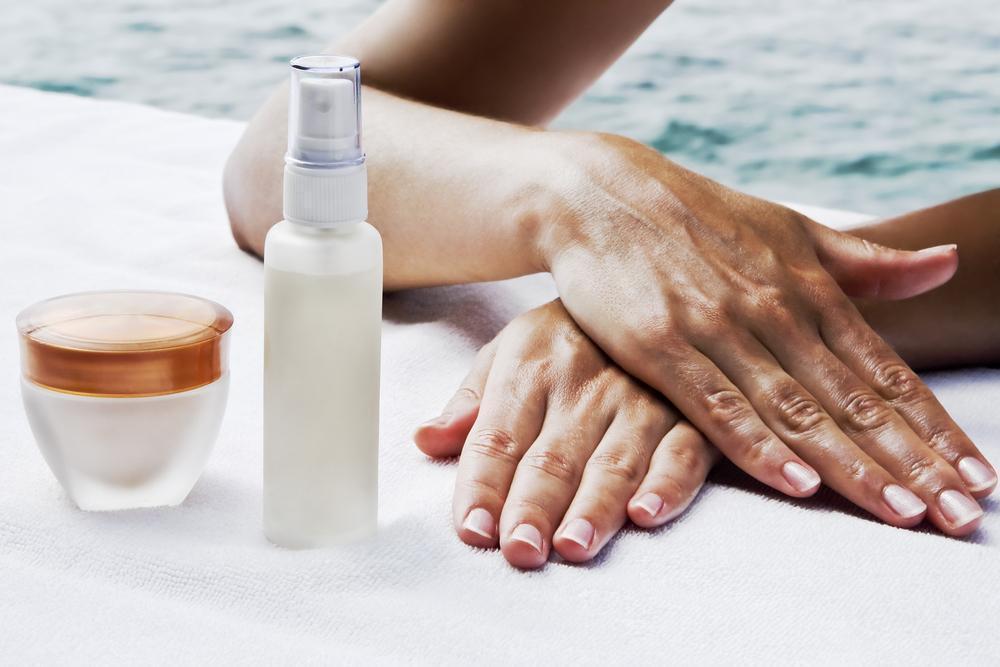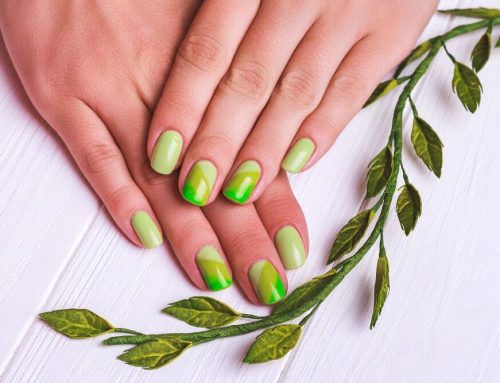Tis the season–for bronzed skin, and even with all of the hype surrounding the dangers inherent in exposure to the sun, a ridiculous number of people are still laying out, in a myriad of brazen, “bring it on,” poses, not only without sunscreen, but with sun magnifying products to intensify the damage. Yes, these work great at getting you that brown skin in the short term–that is, if you are really careful to not burn–but it doesn’t take much at all for the damage to occur, which will show up whenever it feels like, at some later point, when it’s just too late. And was anyone listening to the reports linking sun exposure to a burgeoning inconvenience among sun worshippers known as skin cancer?
Perfected Modern Sunless Tanning Options
For anyone desiring that sun-kissed glow without having to expose their skin to damage from the sun, there are many different sunless tanning products. These will work in direct correlation to the care with which they’re applied. As a practical alternative to sunbathing, it’s important to know how these products work to get the best results. The most commonly sold types of self-tanning products are in the form of lotions and sprays that are applied directly to the skin, and prevent UVA and UVB rays from the sun from being part of the tanning equation. In the early days, none of these sunless tanners produced as natural looking a tan as the modern ones in use today. While there are many sunless tanning products you can buy for a DIY tan, those who feel less confident about application skill can have theirs applied professionally. Tanless product applications are offered at many salons, spas and tanning salons. Whatever method of application you choose, you still have some responsibility in the mix for how good your results are, in both pre-application and post application care.
How do Sunless Tanners Work?
The color additive dihydroxyacetone (DHA,) is the active ingredient in almost all sunless tanning products. The way it works is temporary, and when dihydroxyacetone comes in contact with dead skin cells and amino acids in the epidermis, these are affected by becoming darker. The darker, tanned effect will linger until those cells are later shed by the skin, in typically a few days’ time. Some of these self-tanning formulations include sunscreen, and when they do, the duration of your results will be greatly diminished, moving from a few days to a couple of hours, only. Nothing about sunless tanning will protect your skin from harmful sun rays, outside of added sunscreen. If a more temporary tan is what you’re after, use a product that washes off with soap and water, or one of the mineral products that graduate subtly while you’re wearing them if they contain DHA, and will leave a hint of a tint behind, after you shower.
Make it Work for You
Here are some tips to help you sustain that tan, and make sure it looks perfect, too!
- Timing is Important: Pre-tanning should consider that you should not apply sunless tanners for 24 hours after you’ve waxed, and if you’ve shaved, wait for at least 12 hours to tan.
- Exfoliate: Just before you self-tan, exfoliate with a loofah or exfoliating gloves, rather than with an exfoliating product, to prevent splotchy effects and an uneven color.
- Clean Your Skin: Sunless tanning should be performed on freshly cleaned skin, and make sure to lay off your usual post-shower deodorants, perfumes and essential oils, as they’ll interfere with the tanning product’s effectiveness.
- Overly Dry Areas of Skin: These need minimal hydration from a scent-free moisturizing lotion, pre-tanning, to keep the effects even. Typically, this means elbows, heels and knees, only.
- Avoid the Telltale Evidence: Nowhere in nature will you ever find tanned palms. Avoid this fail by wearing disposable gloves or washing your hands after applying the product to each area.






Leave A Comment